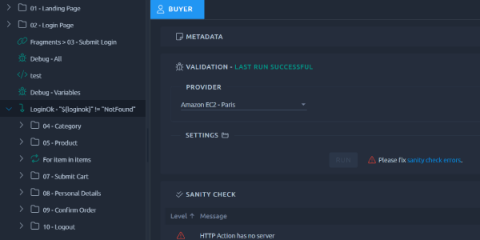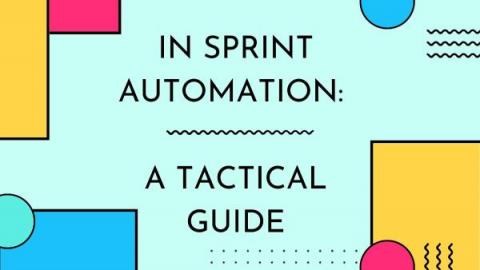OctoPerf's new UI - Design changes
This article is the second in a series of overviews of our new UI. You can find the first one here. This time we will dive into the changes we’ve made in the design phase. We’ve addressed many pain points from the old UI that we want to detail here: This will make the design in OctoPerf even faster, so that you can focus more time on your tests and analyzing them.











